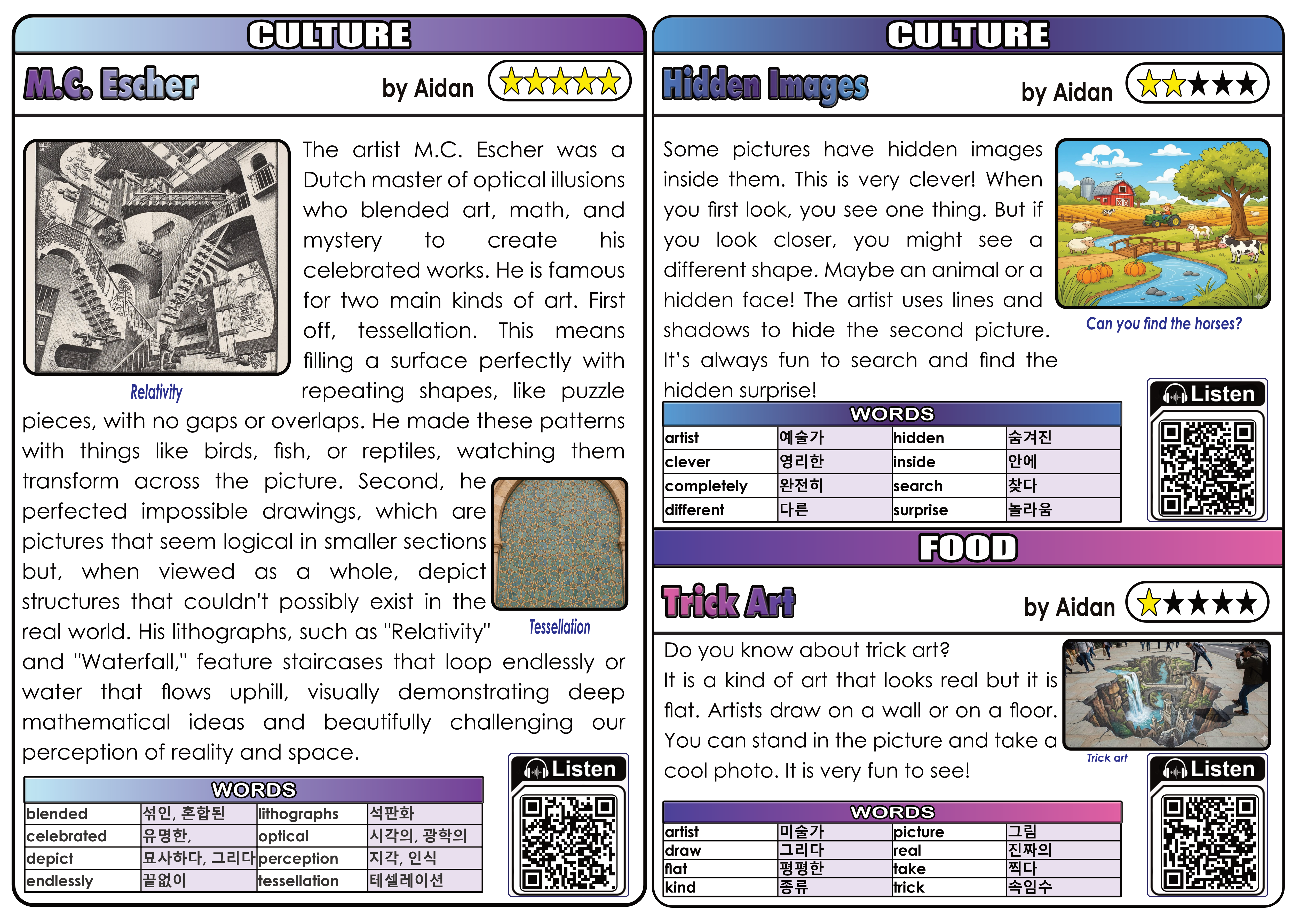English News Korea #67 - Korea's Bike Roads
Hello again. I recently collected the final stamp I needed on the final cycling path in Korea in order to complete the Grand Slam cycling challenge. I received a medal and a certificate, but I also have a passport book full of stamps. I have cycled all over this beautiful country and even down to the idyllic island paradise that is Jeju-do. If you care at all about cycling, I highly recommend getting yourself a passport and undertaking the challenge for yourself!
From this week, I have separated the words into a different worksheet entirely to make space for more images in the articles. I still haven't settled on a final layout or even a proper name for my weekly stories but I'm getting there little by little.
Here is this week's edition:


You can download the PDF here







